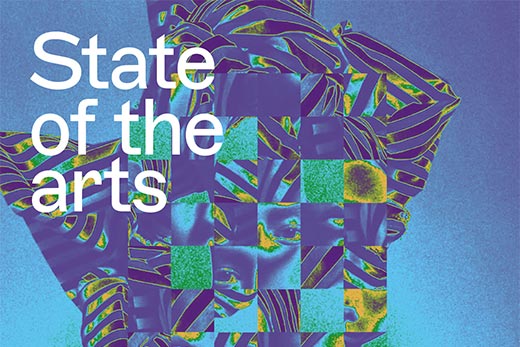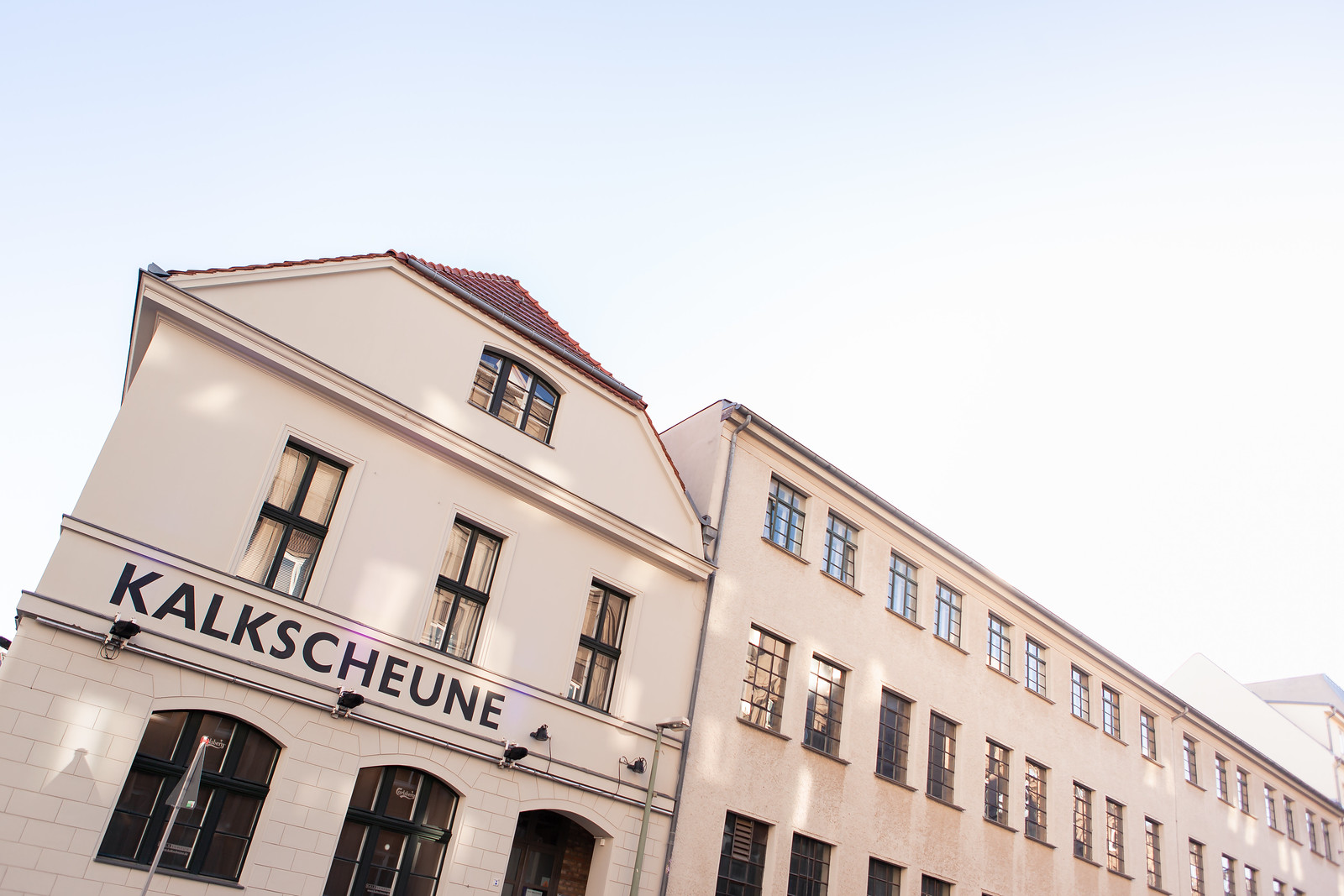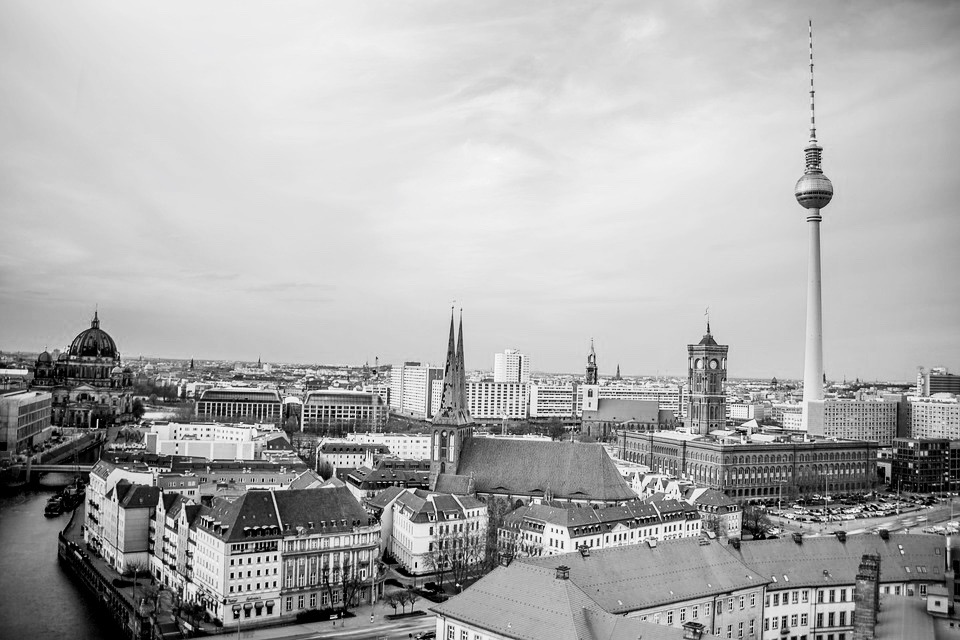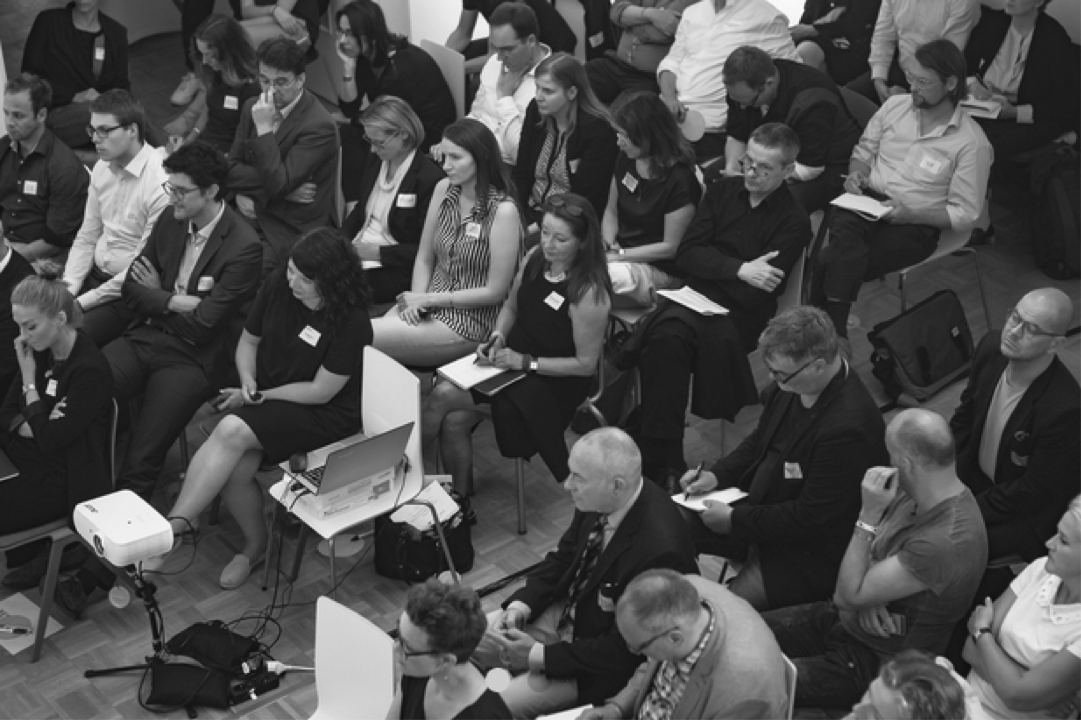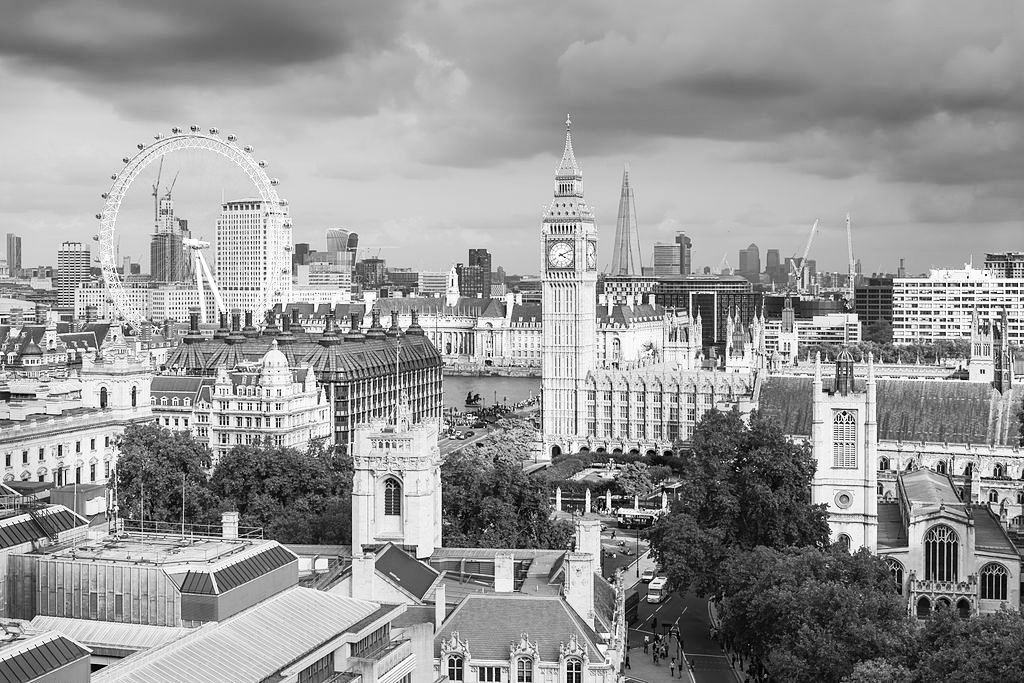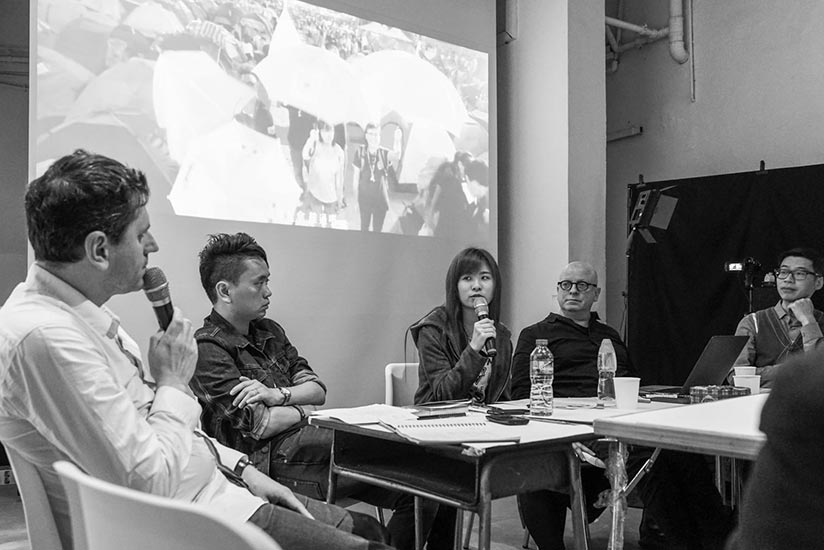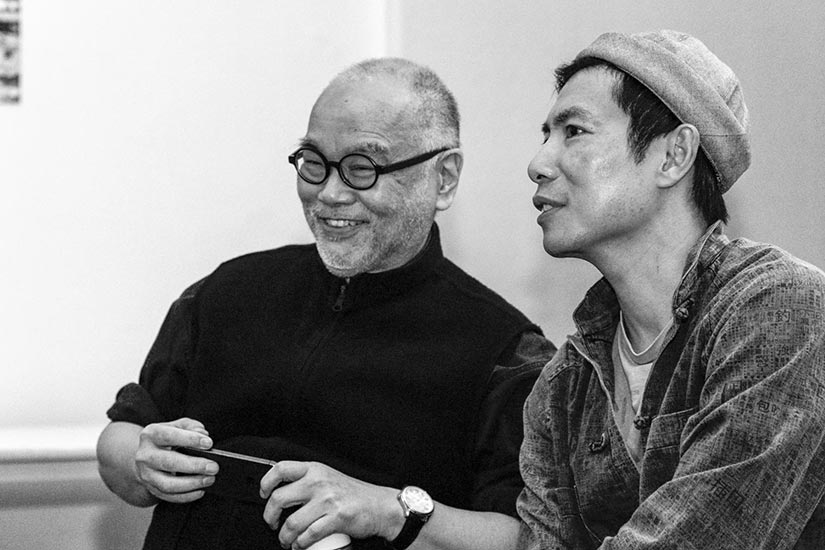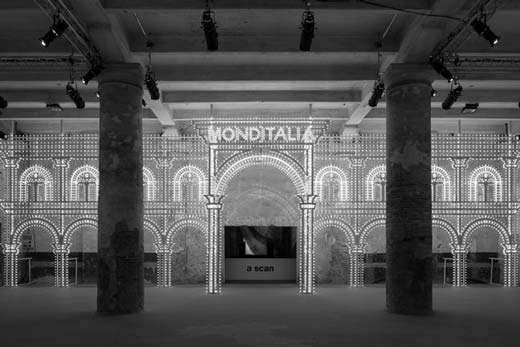Curating Hong Kong / Curating Alternative Futures
Mapping out alternative futures for Hong Kong implies the inclusion of both the past and the present. Under these conditions, four central dimensions of curating can be distinguished.
A central focus for curating today as well as for the advancement of curatorial strategies in the context of the creative economies is “curating alternative futures”. At the same time, we observe an obsession with the future, neglecting that any consideration of alternative futures has implications for the present (“curating alternative presents”), as well as for our perspectives on the past (“curating alternative pasts”). We can distinguish four central dimensions of curating under these conditions:
1) Staging stories: curating alternative futures, presents and pasts first of all implies the creation of narratives envisioning possible futures, while at the same time connecting them to the actual present, and thereby re-telling history; thereby, it is essential to translating such narratives into tangible prototypes, artifacts, media and spaces, as a way of staging such narratives in order to make them accessible for all senses.
2) Valuation devices: curating furthermore implies to systematically evaluate alternative possibilities, in order to select particularly attractive, desirable, relevant, valid initiatives; thereby, curatorial practice creates, actualizes and references various judgment devices as valuation tools, including lists, rankings, paradigmatic examples, performance dimensions, algorithms, community judgments, standards, …
3) Mobilizing resources: realizing initiatives requires the mobilization of financial and non-financial resources, an orientation towards heterogeneous audiences, an involvement of multiple actors, artifacts, experiences and competences, a connection to many organizations, institutions and collectives, which allow to translate stories and possibilities into attractive exhibitions, installations, initiatives and projects, that make a difference.
4) Alternative institutionalizations: curatorial practice not only focuses on the realization of specific exhibitions, installations, initiatives and projects, but at the same time always also on the creation, establishment and advancement of institutional contexts, which provide the basis for the recurrent realization of novel initiatives and projects, for example in the form of museums, laboratories, agencies, communities, forums, associations and many more.
